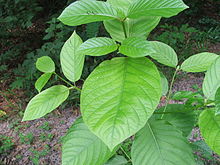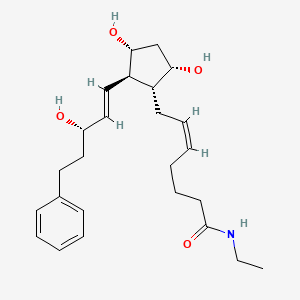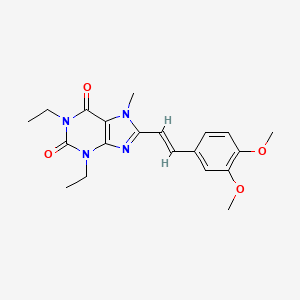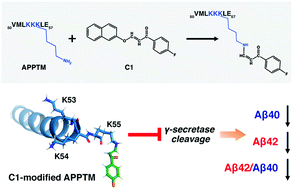Bayer announced that the United States Food and Drug Administration (FDA) has approved Lampit (nifurtimox) for use in pediatric patients (from birth to less than 18 years of age and weighing at least 2.5 kg) for the treatment of Chagas disease (American Trypanosomiasis) caused by Trypanosoma cruzi (T. cruzi).1 Lampit, an antiprotozoal medication will be available in a new, dividable tablet that can be split on the scored lines by hand.1-3 According to prescribing instructions, the tablet is specially formulated to disperse in water, which can aid in the dosing and administration to pediatric patients who may have difficulty swallowing whole or half tablets.
This indication is approved under accelerated approval based on the number of treated patients who became immunoglobulin G (IgG) antibody negative or who showed an at least 20% decrease in optical density on two different IgG antibody tests against antigens of T. cruzi. Continued approval for this indication may be contingent upon verification and description of clinical benefit in a confirmatory trial(s).
Chagas is an infectious tropical disease that affects an estimated 300,000 people in the U.S.4 The disease is endemic throughout much of Latin America, though it is a growing health concern in the U.S.5,6 Approval of a treatment for pediatric patients is an important milestone.
“Chagas disease can strike at any age, and early detection and treatment are important. This is especially relevant for children,” said Aleksandra Vlajnic, MD, senior vice president and head of Medical Affairs for the Americas at Bayer. “The importance of treating children is a major reason behind Bayer’s collaboration with health authorities to enhance access to Lampit as a means to provide treatment for Chagas disease.”
The FDA approval is based on results from the Chagas disease in children treated with nifurtimoxstudy, the first part of the largest Phase III program ever conducted in pediatric patients for the treatment of Chagas disease.
“In the study, Lampit showed good antiprotozoal activity in patients from 0 to 17 years old,” said Jaime Altcheh, MD, head of the Department of Parasitology and Chagas disease at the Ricardo Gutierrez Children’s Hospital in Buenos Aires, Argentina, and coordinating investigator of the Phase III trial.
The Phase III Lampit study was the first part of a prospective, randomized (to dosing regimen), double-blind evaluation of the efficacy, safety, and pharmacokinetics of nifurtimox in 330 children with Chagas disease.1 The study was conducted at 25 investigational sites in Argentina, Bolivia, and Colombia between 2016 and 2018.7 In the study, 330 pediatric patients with serologic evidence of T. cruzi infection (without Chagas disease-related cardiovascular and/or gastrointestinal symptoms) were randomly assigned in a 2:1 fashion to receive either a 60-day (n=219) or a 30-day (n=111) Lampit treatment regimen, and were followed up for one year after end of treatment.1 The results showed superiority in favor of the nifurtimox 60-day arm compared to the nifurtimox 30-day arm (not an approved dosing regimen). For additional clinical trial information, go to clinicaltrials.gov NCT02625974 and see full prescribing information.
The study will continue with a second part (Lampit SECURE) to follow patients for an additional three years to confirm efficacy and safety.
Now that Lampit is approved for pediatric use in the U.S., Bayer is working to ensure access to the drug for all patients through retail channels. Commercially insured patients may qualify for a $0 co-pay to help with their out-of-pocket costs. For uninsured patients who cannot afford Lampit, the Bayer U.S. Patient Assistance Foundation, a charitable organization, will help eligible patients obtain the prescription medication at no cost. Restrictions apply. See Program Details for full information. Lampit is not approved in the U.S. for use in adults 18 years of age or older.














